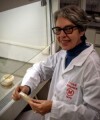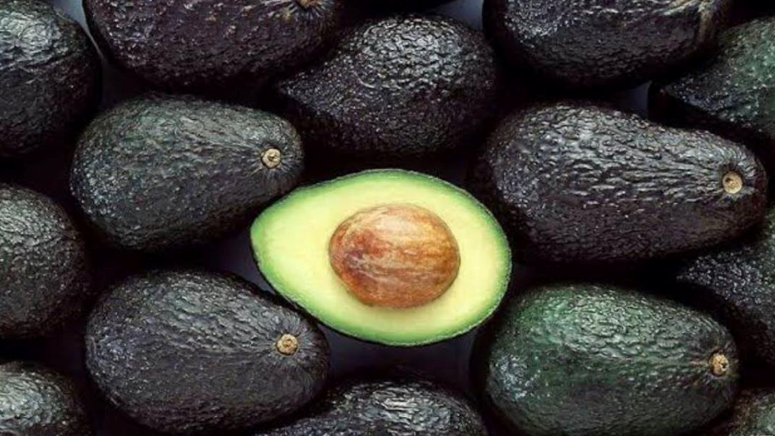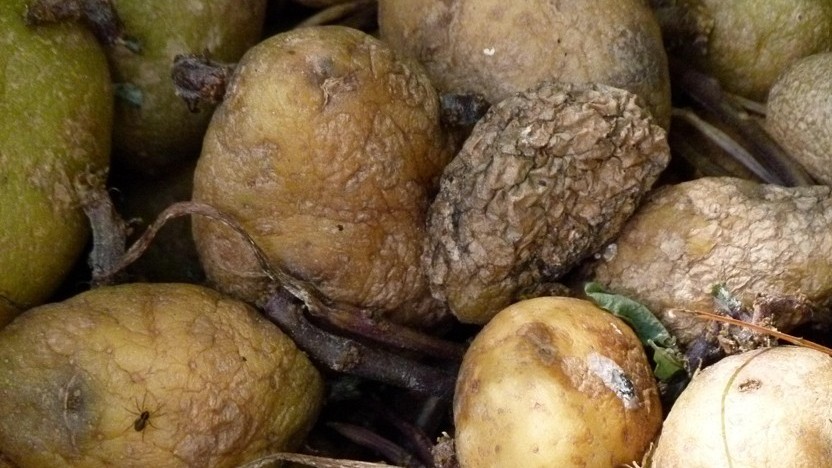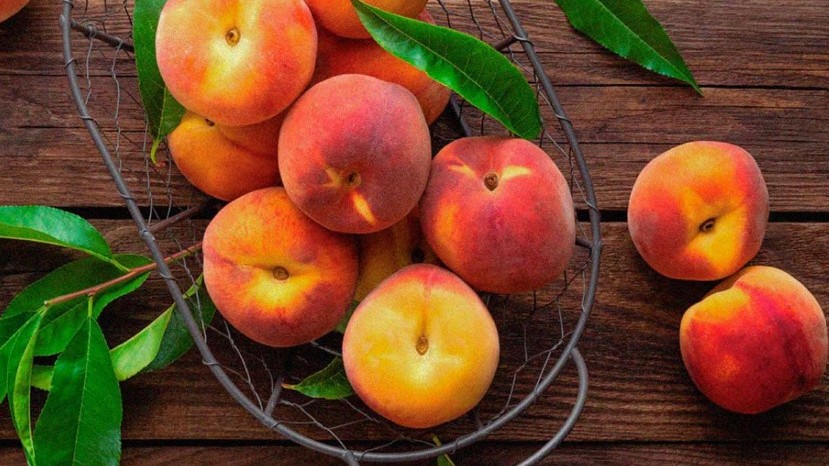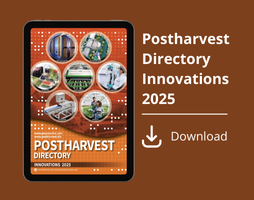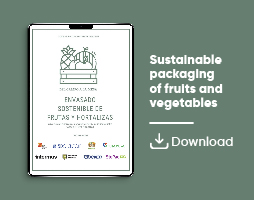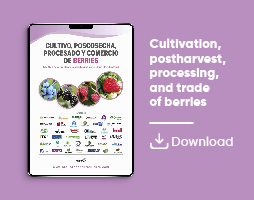Actualidad
Chlorine dioxide preserves the quality of post-harvest cauliflower
ClO₂ mitigates quality deterioration and establishes a comprehensive preservation strategy for stored cauliflower by activating defense pathways and mediating hormonal signals
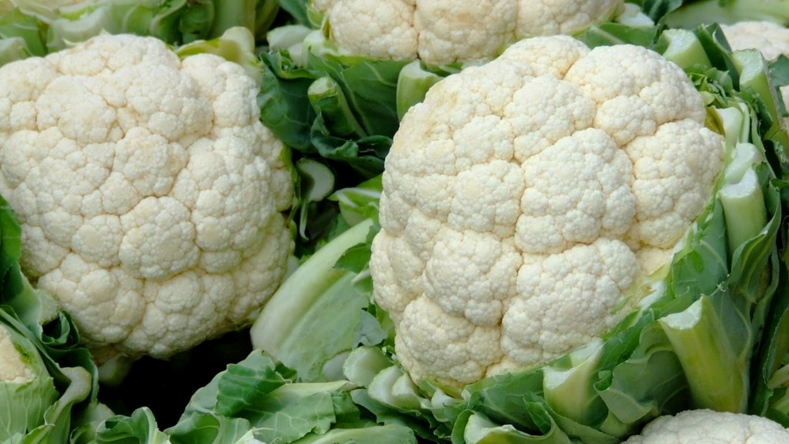
Cauliflower (Brassica oleracea var. botrytis Linnaeus), a vegetable from the Brassicaceae family (also known as cruciferous vegetables), is rich in bioactive compounds. These include phenolic acids, flavonoids, dietary fiber, and glucosinolates—compounds characteristic of this plant family.
Regular consumption has been associated with several health benefits, such as a reduced risk of cancer in humans.
Black spot
However, inadequate post-harvest storage makes cauliflower highly susceptible to the fungal disease known as black spot. Among the various pathogens, Alternaria spp. are particularly detrimental to quality preservation. They not only affect the visual appearance but also accelerate decomposition, severely altering the sensory characteristics and commercial value. This leads to significant economic losses for producers and retailers.
Many methods have been attempted to preserve cauliflower, such as using UV-C light and gamma rays combined with natural antimicrobial agents to inhibit mold growth. The spoilage caused by microbial proliferation presents a critical challenge for post-harvest cauliflower preservation.
Chlorine dioxide
Chlorine dioxide (ClO2), a powerful oxidizing agent (which acts as a free radical), is an efficient antimicrobial widely used in the post-harvest preservation of fruits and vegetables.
Compared to hypochlorous acid, it does not produce carcinogens and its oxidizing capacity is 2.5 times greater.
Research on cauliflower
A recent study used microbiome analysis to examine its dynamics during storage.
In addition, transcriptomics and metabolomics were used to elucidate the molecular mechanisms of ClO2 regulation at the gene expression and metabolic levels. Volatile flavor compounds were also analyzed using gas chromatography.
It was verified that ClO2 suppresses the development of Alternaria spp., up-regulates defense-related genes to enhance stress resistance and delay senescence, while also regulating amino acid biosynthesis genes to elevate the levels of L-proline and L-tyrosine.
In addition, ClO2 balances hormonal levels (abscisic acid and 12-hydroxyjasmonic acid) and preserves desirable volatile compounds like butyl propionate and limonene, while inhibiting the production of spoilage-associated volatiles such as ethanol and 3-pentanone.
By activating defense pathways and mediating hormonal signaling, ClO2 mitigates quality deterioration and establishes a comprehensive preservation strategy for stored cauliflower.
 Model of the Effects of ClO2 on Cauliflower Metabolism
Model of the Effects of ClO2 on Cauliflower Metabolism
Is the use of chlorine dioxide for post-harvest fruits and vegetables allowed in the European Union?
References
Feng, X.; Meng, D.; Wang, Y. X.; Fernie, A. R.; Bai, C.; He, X.; Tao J.; Zhou, X.; Ren,Y.; Zuo,J.; Zheng, Y. (2025). Chlorine dioxide affects metabolism of harvested cauliflower
Postharvest Biology and Technology, 230: 113735.
Cover photo
https://blog.plantei.com.br/como-plantar-couve-flor/ Accessed on August 2025.


